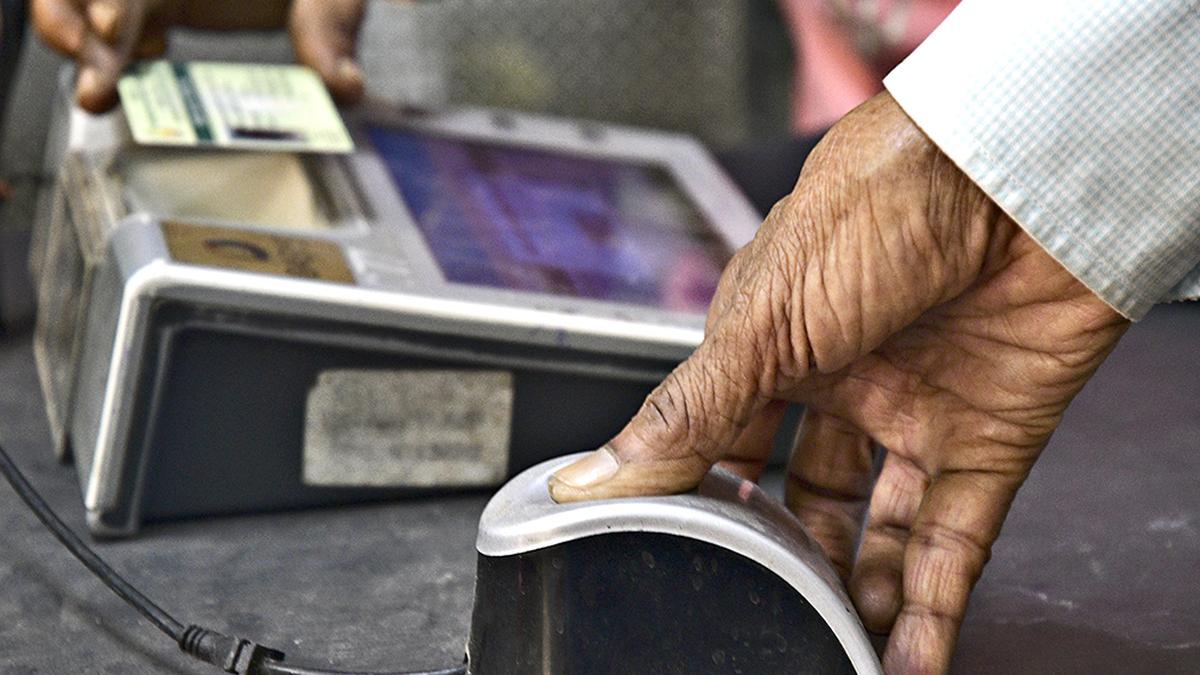



The government discontinued medium- and long-term deposits under the Gold Monetisation Scheme due to market conditions. This may reduce idle gold inflows, increasing reliance on imports and impacting the current account deficit. Short-term deposits will continue, ensuring limited gold entry into the banking system while maintaining some economic benefits.

Copyright infringement not intended
The government has decided to discontinue medium-term and long-term deposits under the Gold Monetisation Scheme (GMS).
It was launched in November 2015 by the Ministry of Finance to make idle gold productive, by encouraging consumers to either sell their gold or deposit it with banks, so it could be brought into the formal economy.
The GMS replaced an older Gold Deposit Scheme and offered three deposit options: short-term (1-3 years), medium-term (5-7 years), and long-term (12-15 years).
Government decided to discontinue medium-term and long-term deposits under the GMS
The Gold Monetisation Scheme allows individuals to deposit gold with banks in exchange for interest. It has three components:
The discontinuation of medium-term and long-term deposits under the GMS may reduce the inflow of idle gold into the formal economy -> Could lead to continued dependence on gold imports, especially during periods of high domestic demand.
Rising gold prices have already increased import costs, which increased pressure on the current account deficit. However, short-term deposits will still allow some gold to enter the banking system, however, at a smaller scale.
Must Read Articles:
SOVEREIGN GOLD BOND (SGB) SCHEME
Source:
|
PRACTICE QUESTION Q. In the question given below, there are two statements marked as Assertion (A) and Reason (R). Mark your answer as per the codes provided: Assertion (A): Gold imports contribute to the current account deficit. Reason (R): Gold imports increase foreign exchange outflows without directly contributing to productive economic activities. Which of the options given below is correct? A) Both A and R are true, and R is the correct explanation for A. B) Both A and R are true, but R is not the correct explanation for A. C) A is true, but R is false. D) A is false, but R is true. Answer: A Explanation: India imports large quantities of gold annually, which requires significant foreign exchange payments. This increases the current account deficit because the money spent on gold does not generate direct returns or contribute to production. The reason correctly explains why gold imports negatively impact the economy, making it the correct answer. |



© 2025 iasgyan. All right reserved